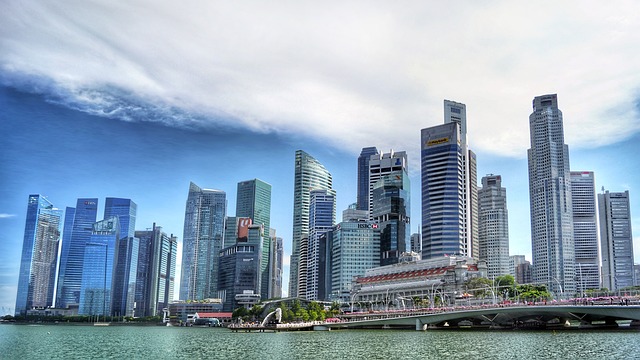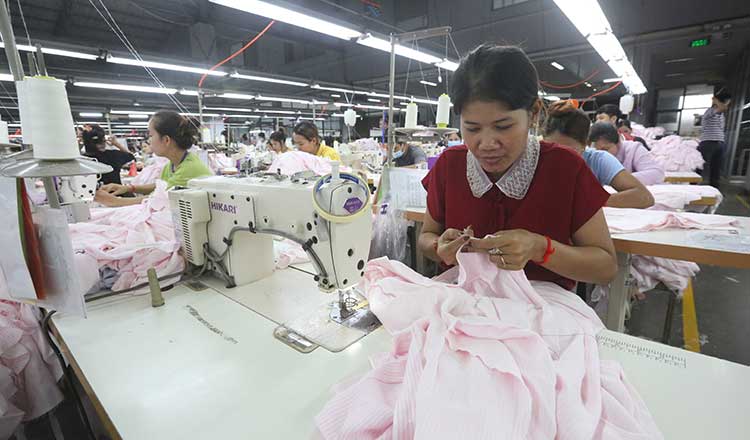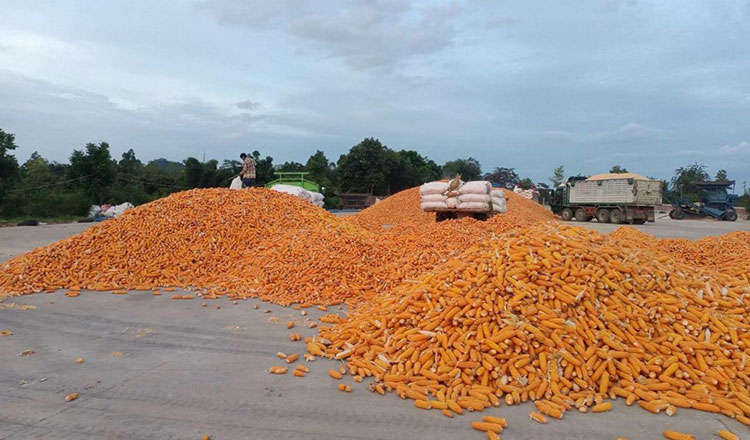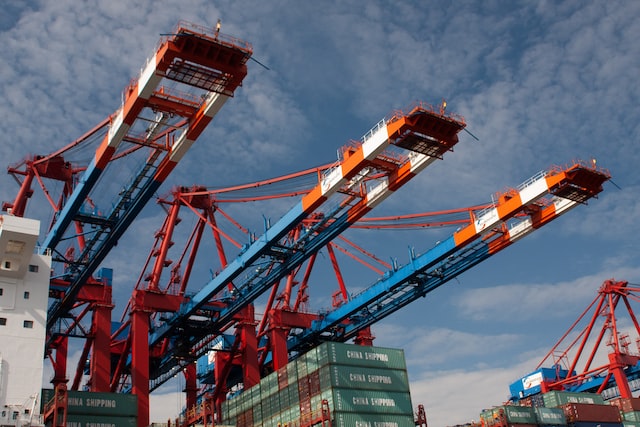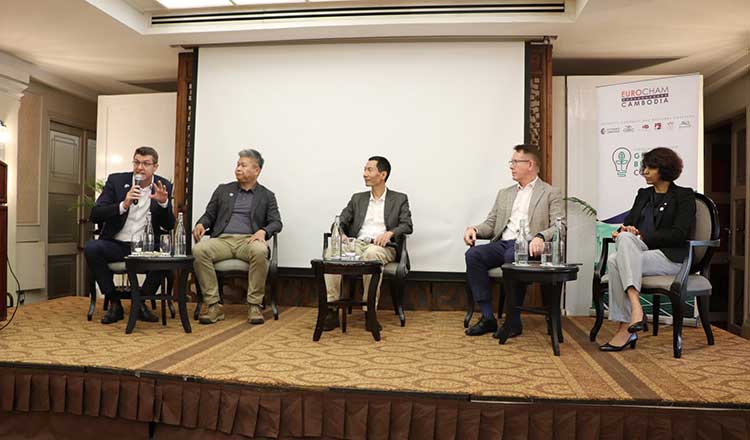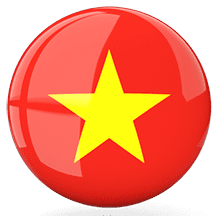CORPORATE governance practices among Singapore companies improved in 2021, with the average score of its top 100 public companies by market capitalisation breaching 100 points for the first time. This was out of a maximum score of 130 points, according to the latest edition of a corporate governance scoring system for companies in the Association of Southeast Asian Nations (Asean) countries.
Singapore companies scored an average of 101.1 points in the 2021 Asean corporate governance scorecard, a 14.5 per cent increase from an average of 88.3 points in 2019, said the National University of Singapore Business School’s Centre for Governance and Sustainability (CGS) and the Singapore Institute of Directors on Wednesday (Dec 14). Both entities have been tasked to serve as Singapore’s domestic ranking body for the biennial assessment since 2013.
These companies make up a total of about S$586 billion in market capitalisation as at March 2021, which is about more than half of the Singapore stock exchange’s market value of about S$1 trillion at that time.
Out of these top 100 companies, which have been scored on publicly disclosed information up to November 2021, 62 of them scored at least 75 per cent on their corporate governance practices, translating to a raw score of 97.5 points. Companies that have scored at least 75 per cent are placed in a category known as the “Asean asset class”, which is marketed as a mark of quality for investors interested in investible entities in this region.
Only 26 Singapore companies made it to the Asean asset class in the 2019 assessment. Singapore’s representation in this category grew from 18.8 per cent (26 out of 138 entities) in 2019 to 26.5 per cent (62 out of 234 entities) in 2021.
For the first time, 29 real estate investment trusts (Reits) and business trusts were included in Singapore’s ranking in the 2021 assessment. Just over seven in 10, or 72.4 per cent, of them did well enough to score 75 per cent and above, while 57.7 per cent of publicly listed companies did so.
However, CGS director Lawrence Loh, who is also a professor at the university, said during a media conference on Wednesday that the inclusion of Reits and other business trusts were not the main reason for the improvements in corporate governance performance. Rather, there was a levelling up across the board.
Loh pointed out that the average score of Singapore corporates that made it to the Asean asset class category was shaved slightly from 108.1 points in 2019, to 106.2 points in 2021.
In contrast, those that scored below 75 per cent registered an increase of 11.7 points to 93 points – higher than the 81.3 points non-Asean asset class companies achieved in 2019.
“Good corporate governance is not always done at the top. In fact, once you’ve reached the upper tier, it’s very hard to improve anymore, because you have reached that point where a little nudge will take a lot of effort. But we are very happy that the non-Asean asset class over the last round has made significant strides across the board, which is something that pulled the entire train forward. So it is actually the non-Asean asset class pulling everybody up, not the Asean asset class,” he said.
The Asean corporate governance scorecard is made up of five components: rights of shareholders, equitable treatment of shareholders, role of stakeholders, disclosure and transparency, and board responsibilities. The scores in these focus areas add up to 100 points, with a maximum of 30 bonus points given to companies that display good market practices beyond the basic requirements.
The main drivers of improvements in corporate governance practices among Singapore corporates were due to progress made in board responsibilities, which have a large weightage of 40 per cent; and the role of stakeholders, said Loh. Shareholders’ rights and equitable treatment of shareholders are the two areas Singapore corporates have been stagnant in.
With an increased focus on sustainability issues and environmental, social and governance (ESG) disclosures, which fall under the “role of stakeholders” scoring component and only have a 15 per cent weightage, Loh said Singapore could advocate for this particular area to be emphasised more in the overall score. This would help to move the scorecard more in line with initiatives in Singapore’s domestic market, with the Singapore Exchange mandating ESG disclosures from 2022. SGX is also considering plans to mandate remuneration disclosures of company executives.
However, John Lim, lead member of Singapore’s domestic ranking body, noted that Asean is a region with varying levels of development, and there is always some accommodation that needs to be made to develop a collective scorecard for use at the regional level. Besides Singapore, the top 100 listed companies in Indonesia, Malaysia, the Philippines, Thailand and Vietnam were also included in the latest scoring exercise.
Nevertheless, Lim noted that this Asean corporate governance index is increasingly benchmarked against principles of corporate governance set out by the Organisation for Economic Co-operation and Development and G20, to raise its relevance among external bodies, including international institutional investors.
Top scorers include Netlink NBN Trust, UOB, ComfortDelGro and – before it was privatised – Singapore Press Holdings. These four companies are also among the top 20 Asean publicly listed business entities.
Beyond the top four scorers, other Singapore companies that made it to the top 10 domestic rankings are CapitaLand (before it restructured into CapitaLand Investment), Keppel Corp, Singtel, Far East Hospitality Trust, Singapore Post and Sembcorp Industries.
Source: The Business Times. Link Here.

